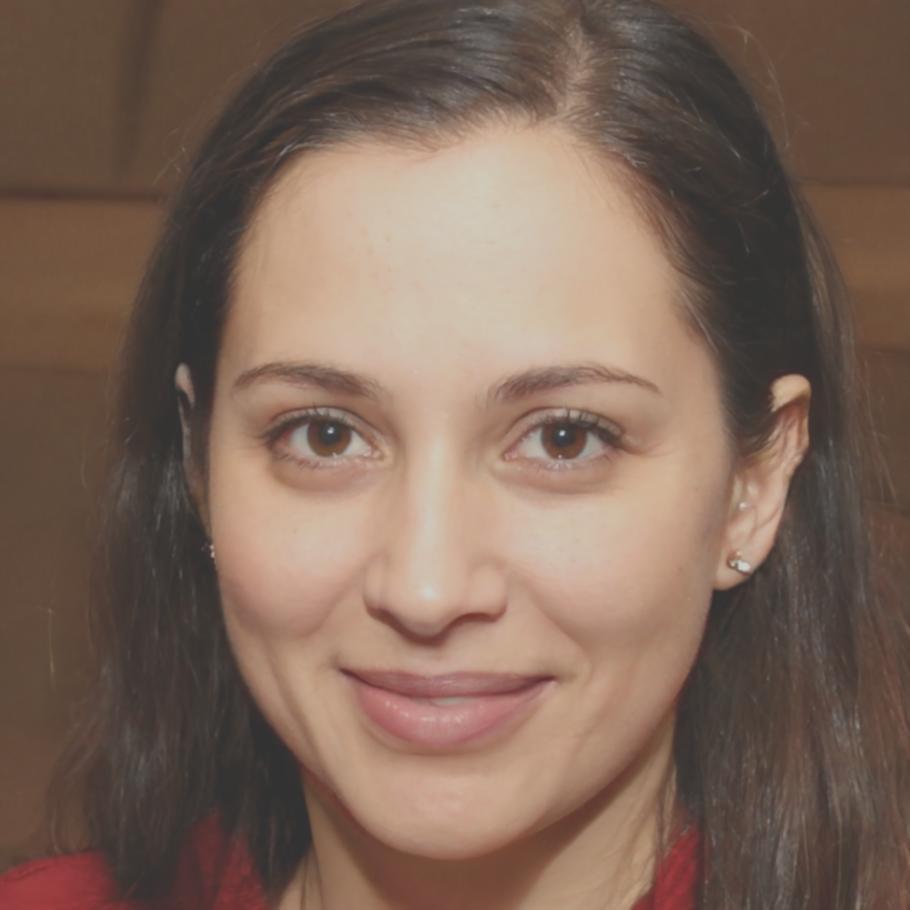Master Activity-Based Budgeting
Transform your financial planning skills through our comprehensive 8-month program starting September 2025. Learn from industry veterans who've guided hundreds of professionals through real-world budgeting challenges.

Marcus Chen
Senior Financial Strategy Instructor
After spending twelve years restructuring budgets for mid-size manufacturing companies, Marcus brings a practical approach that clicks with students who've struggled with theoretical frameworks. His weekend workshops consistently get booked out because he breaks down complex cost allocation into digestible steps. Students appreciate how he relates every concept back to actual business scenarios they'll encounter.

Sarah Rodriguez
Lead Budgeting Systems Mentor
Sarah's background in consulting means she's seen every type of budgeting disaster you can imagine. Her mentorship style focuses on troubleshooting skills that prevent common mistakes. She personally reviews each student's practice exercises and provides detailed feedback that helps them avoid the pitfalls she's witnessed across different industries. Her office hours are legendary for solving stubborn budget reconciliation problems.
See Progress Within Weeks
Our structured approach helps you grasp core concepts quickly. Most students can create their first activity-based budget within three weeks of starting the program.

Common Roadblocks We Address
Every student faces similar hurdles when learning activity-based budgeting. Here's how we tackle the most frequent obstacles.
Cost Driver Confusion
Students often struggle to identify the right cost drivers for their activities. We use a systematic elimination method that narrows down the options.
- Start with obvious relationships first
- Test each driver with historical data
- Validate through correlation analysis
- Document reasoning for future reference
Overhead Allocation Anxiety
Allocating overhead costs feels overwhelming until you learn our step-by-step framework that breaks it into manageable chunks.
- Map overhead to specific activity pools
- Calculate allocation rates systematically
- Verify accuracy through cross-checking
- Adjust for seasonal variations
Variance Analysis Paralysis
When actual results don't match budgets, students freeze up. Our diagnostic approach turns variance analysis into detective work.
- Categorize variances by controllability
- Prioritize significant deviations first
- Trace variances to root causes
- Develop corrective action plans


David Kim
Advanced Analytics Instructor
David joined us after running financial analysis for a Fortune 500 retailer. He specializes in helping students understand when traditional budgeting falls short and activity-based methods shine. His real-world examples from retail, healthcare, and tech companies give students confidence to apply these skills across different sectors.

Elena Vasquez
Implementation Specialist
Elena's strength lies in helping students transition from learning concepts to implementing them at work. She provides practical templates and guides students through the political challenges of introducing new budgeting methods in established organizations. Her monthly check-ins ensure students feel supported as they apply their new skills.
Next Cohort Starts September 2025
Limited to 24 students for personalized attention. Applications open in March 2025.
Get Program Details